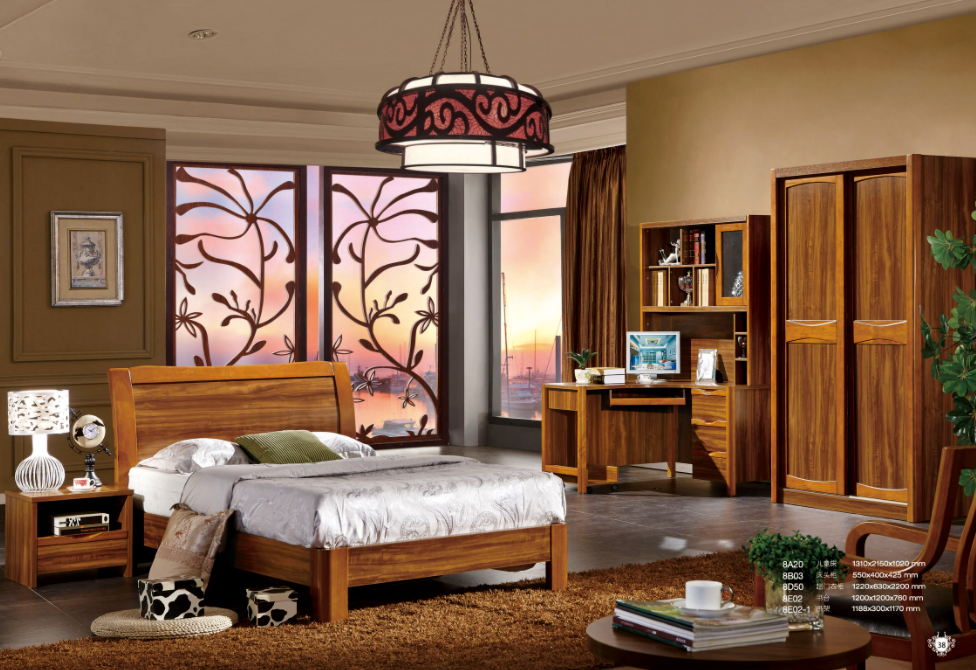
Are you looking to buy furniture for your home but unsure about which materials to choose? Selecting the right materials of furniture is essential to creating a beautiful and functional living space. In this comprehensive guide, we will walk you through everything you need to know about choosing the best materials of furniture for your home. From timeless hardwood to modern metals, each material has its unique characteristics and benefits.
Importance of Choosing the Right Materials of Furniture
Choosing the right materials of furniture is not just about aesthetics. The materials you select significantly impact the durability, comfort, and maintenance of your pieces. High-quality materials of furniture not only make your home look elegant but also ensure that your investment lasts for years. By taking the time to understand different material options, you can make informed decisions that align with your style and functional needs.
Common Furniture Materials and Their Characteristics
Wood: A Timeless and Versatile Choice
Wood is a classic choice for furniture, celebrated for its timeless appeal and versatility. Different types of wood, such as oak, walnut, and cherry, offer varying degrees of hardness, color, and grain patterns. Hardwood, in particular, is known for its durability and strength, making it ideal for pieces like dining tables and bed frames. Wood can be finished in various ways to enhance its natural beauty, and it can be stained or painted to match different décor styles. However, wood furniture requires regular maintenance, such as polishing and occasional re-staining, to keep it looking its best.
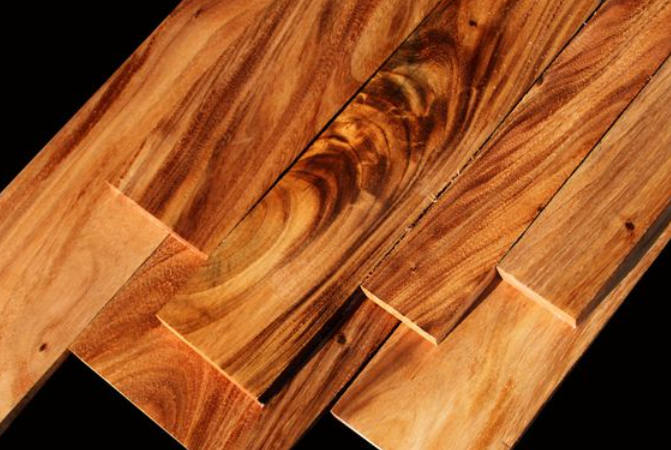
Wooden furniture
Metal: Sleek, Modern, and Durable
Metal furniture offers a sleek, modern look that complements contemporary interiors. Materials such as stainless steel, aluminum, and wrought iron are commonly used in metal furniture. Metal is highly durable and resistant to wear and tear, making it a practical choice for high-traffic areas. It is also easy to clean and maintain, requiring only occasional wiping with a damp cloth. However, metal furniture can be prone to scratches and dents, and it may not offer the same level of warmth and comfort as other materials. Additionally, some metals can be susceptible to rust if not properly coated or maintained.
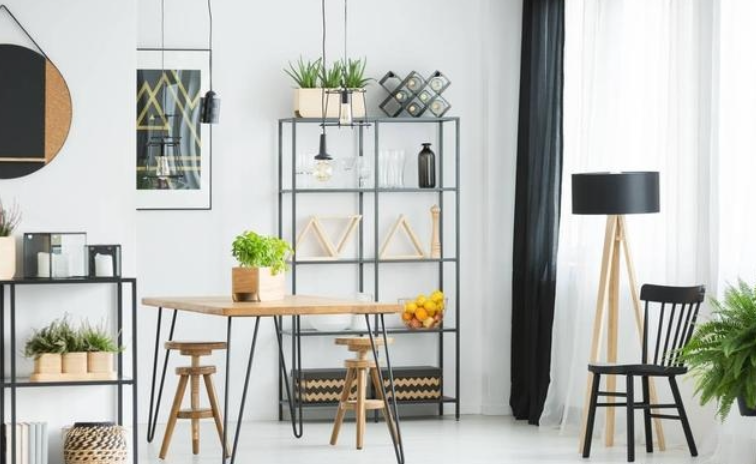
Metal furniture
Upholstery: Comfort and Style Combined
Upholstery materials, such as fabric and faux leather, offer a combination of comfort and style. Fabrics come in a wide range of textures and patterns, from soft velvets to durable linens, allowing you to tailor your furniture to your specific needs and tastes. Upholstered furniture often features cushioning, providing enhanced comfort for seating areas. However, upholstery materials can vary in terms of stain resistance and durability. For example, microfiber and performance fabrics are known for their stain resistance and easy maintenance, making them suitable for households with children or pets.
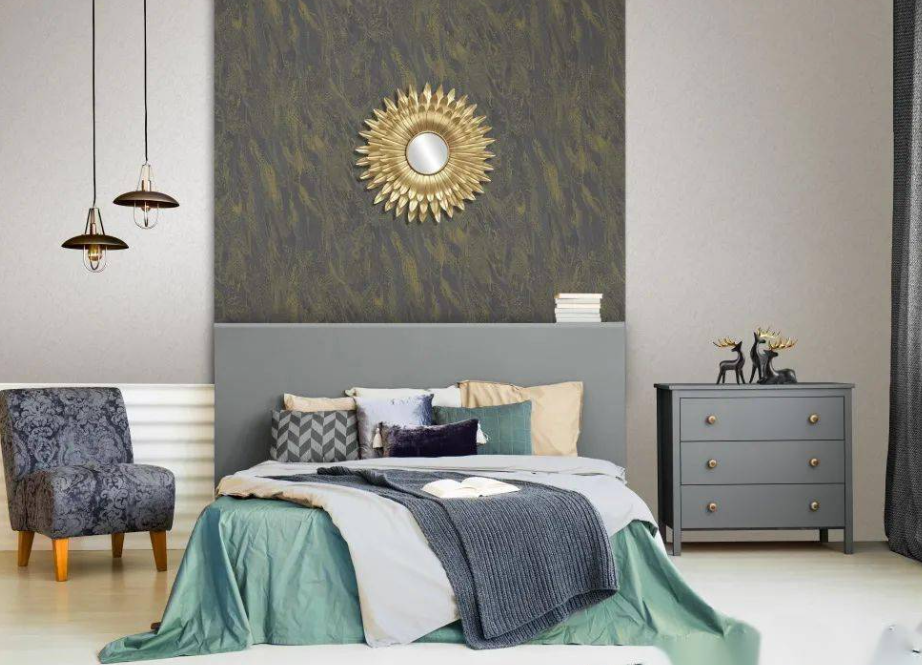
Fabric furniture
Leather: Luxurious and Long-Lasting
Leather furniture is synonymous with luxury and sophistication. High-quality leather is durable, easy to clean, and develops a unique patina over time, adding character to your pieces. Leather also offers a comfortable seating experience and tends to be cooler in the summer and warmer in the winter. However, leather can be expensive and requires regular conditioning to prevent drying and cracking. Additionally, while leather is generally resistant to spills and stains, it can be prone to scratches and may require special care to maintain its appearance.
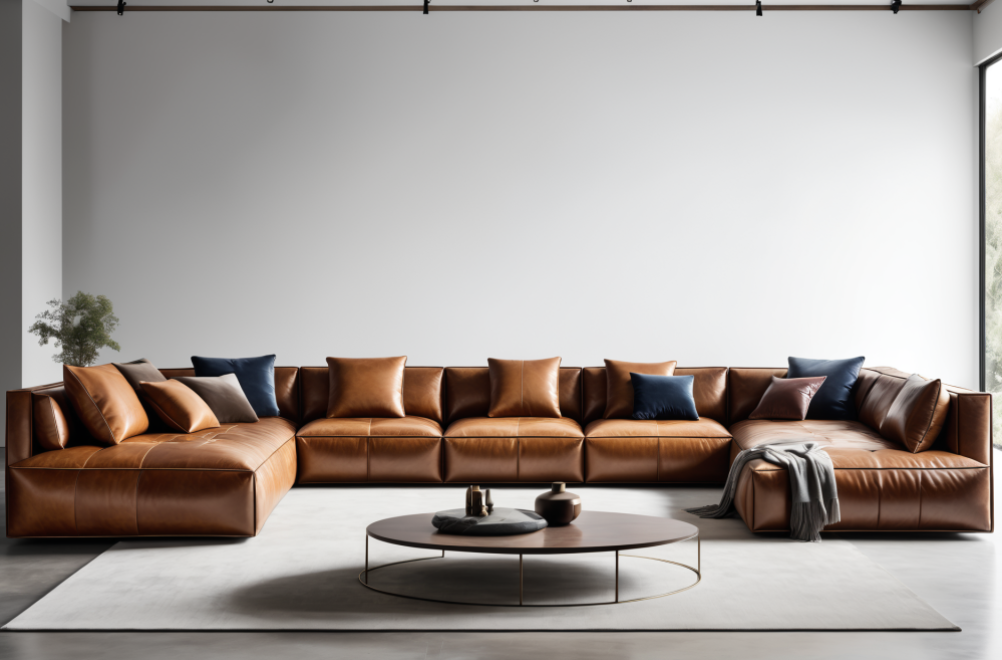
Leather furniture
Synthetic Materials: Affordable and Easy to Maintain
Synthetic materials, such as faux leather and engineered wood, offer an affordable and practical alternative to natural materials. Faux leather mimics the look and feel of real leather but is often less expensive and easier to clean. Engineered wood, like MDF or particleboard, is a cost-effective option for furniture construction and can be finished to resemble real wood. While synthetic materials may not offer the same longevity or aesthetic appeal as natural materials, they are often designed to be low-maintenance and budget-friendly.

Artificial wood furniture
Factors to Consider When Choosing Furniture Materials
When selecting furniture materials, several factors should be taken into account:
- Durability:Consider how well the material will withstand everyday use and the specific needs of your household.
- Comfort:Evaluate how comfortable the material will be, especially for seating and lounging furniture.
- Maintenance:Think about the ease of cleaning and maintaining the material over time.
- Aesthetic Appeal:Ensure that the material complements your home’s décor and personal style.
- Budget:Factor in the cost of the material and any potential long-term maintenance expenses.
Tips for Selecting the Best Furniture Materials for Your Home
- Test Samples:Whenever possible, test samples of the material to get a feel for its texture, comfort, and appearance.
- Consider Lifestyle:Choose materials that align with your lifestyle and the specific demands of your home, such as pets or children.
- Research:Look into the pros and cons of different materials and consult with professionals if needed.
- Mix and Match:Don’t be afraid to combine different materials to create a balanced and interesting look.
Making the Right Choice for Your Home Furnishings
Choosing the right furniture materials is essential for creating a space that is both stylish and functional. By understanding the characteristics of various materials and considering factors such as durability, comfort, and maintenance, you can make an informed decision that enhances the beauty and functionality of your home. Whether you opt for the classic charm of wood, the modern edge of metal, or the luxurious feel of leather, selecting the right materials will help you transform your living spaces into a haven of comfort and style.
Share This Story, Choose Your Platform!
We connect you with reliable factories, get the best quotes, deliver straight to your door.














